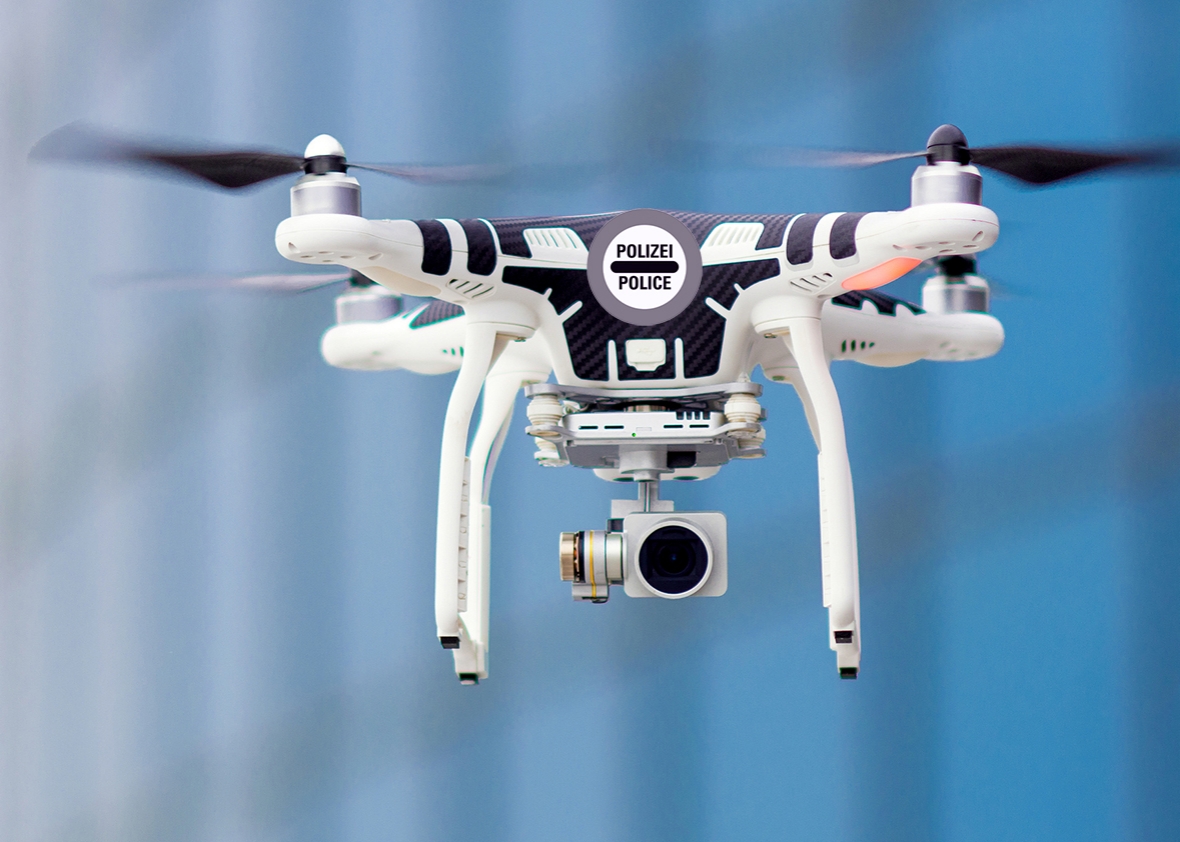Where only a couple of years ago, nobody had even heard of a drone, nowadays it feels like almost everyone has heard of drones. The technical term for these flying robots is ‘Unmanned Aerial Vehicle’ (UAV), because the two properties that all drones share, are the fact that drones all fly and that the operator is not aboard of the drone itself. Right now, drones have few professional implementations. (Joshi, 2017) Still, companies like Amazon have big plans for using drones in the future, but hardly any of these plans have been realized as of today. So, what are the most important future implementation of drones? In other words, what is the future of drones?
The first drone was already used in World War I, when France and the United States were developing unmanned planes that were mostly designed as an espionage tool. Only recently have drones had a major boost in terms of development, usage and global awareness. Nowadays, drones have many more uses, like for instance: aerial photography, surveillance, relatively easy forms of unmanned cargo transport and forms of monitoring. Experts agree, however, that this is nothing compared to the numerous amounts of uses that the future of drones holds. (Joshi, 2017)
The next generation of drones, called generation 7, is already underway. The most important changes, compared to the current generation 6 drones, are full autonomy, complete special awareness and automatic take-off, landing and mission execution. These innovations make drones more useful in many different ways. First of all, complete special awareness and full autonomy will give drones the ability to fly in large groups, called swarms, to execute tasks by themselves, without hitting each other. The fact that drones are rapidly becoming smaller and cheaper to produce, helps the implementation of swarms immensely. Swarms of drones could be used for military purposes. Swarms of drones are much better at gathering information than a single and can be used as a large group of small, hard to hit weapons. Furthermore, if one of the drones of the swarm is lost or destroyed, the rest can still continue. (Hambling, 2017)
Secondly, in the near future, large pieces of farmland can be cheaply monitored by swarms of solar powered drones. These drones could for instance inspect hard to reach places, spot plant disease, check water levels and spray pesticides all by themselves. (Hambling, 2017)
Lastly, retail should also benefit from further development of drones. JLL retail experts predict that the retail industry will not feel the positive effect of drones for another ten to twenty years. Currently, there are still too many obstacles for large scale door-to-door deliveries to be effective and profitable. It is still too difficult for drones to navigate densely populated cities. The JLL experts predict that first the step to door-to-door delivery, is the delivery from producers to retailers. If this process has been perfected, door-to-door delivery by drones can be realized. Recently, Amazon has submitted a plan to build towers throughout densely populated cities, to create take-off and landing platforms for drones. (Williams, 2017)
All in all, drones have a lot of potential for the future. Many people might still think that drones are not the most useful invention of recent times, but the next generation of drones could very well make them think otherwise!
Bibliography
Hambling, D. (2017, 4 27). The next era of drones will be defined by ‘swarms’. Retrieved 10 10, 2017, from BBC: http://www.bbc.com/future/story/20170425-were-entering-the-next-era-of-drones
Joshi, D. (2017, 7 13). Exploring the latest drone technology for commercial, industrial and military drone uses. Retrieved 10 10, 2017, from Business Insider: http://www.businessinsider.com/drone-technology-uses-2017-7?international=true&r=US&IR=T
Williams, C. (2017, 7 6). Future Of Retail: Drones To Play A Big Role In The Next 10 To 20 Years. Retrieved 10 10, 2017, from Forbes: https://www.forbes.com/sites/bisnow/2017/07/06/future-of-retail-drones-to-play-a-big-role-in-the-next-10-to-20-years/#14392ba33eb2


